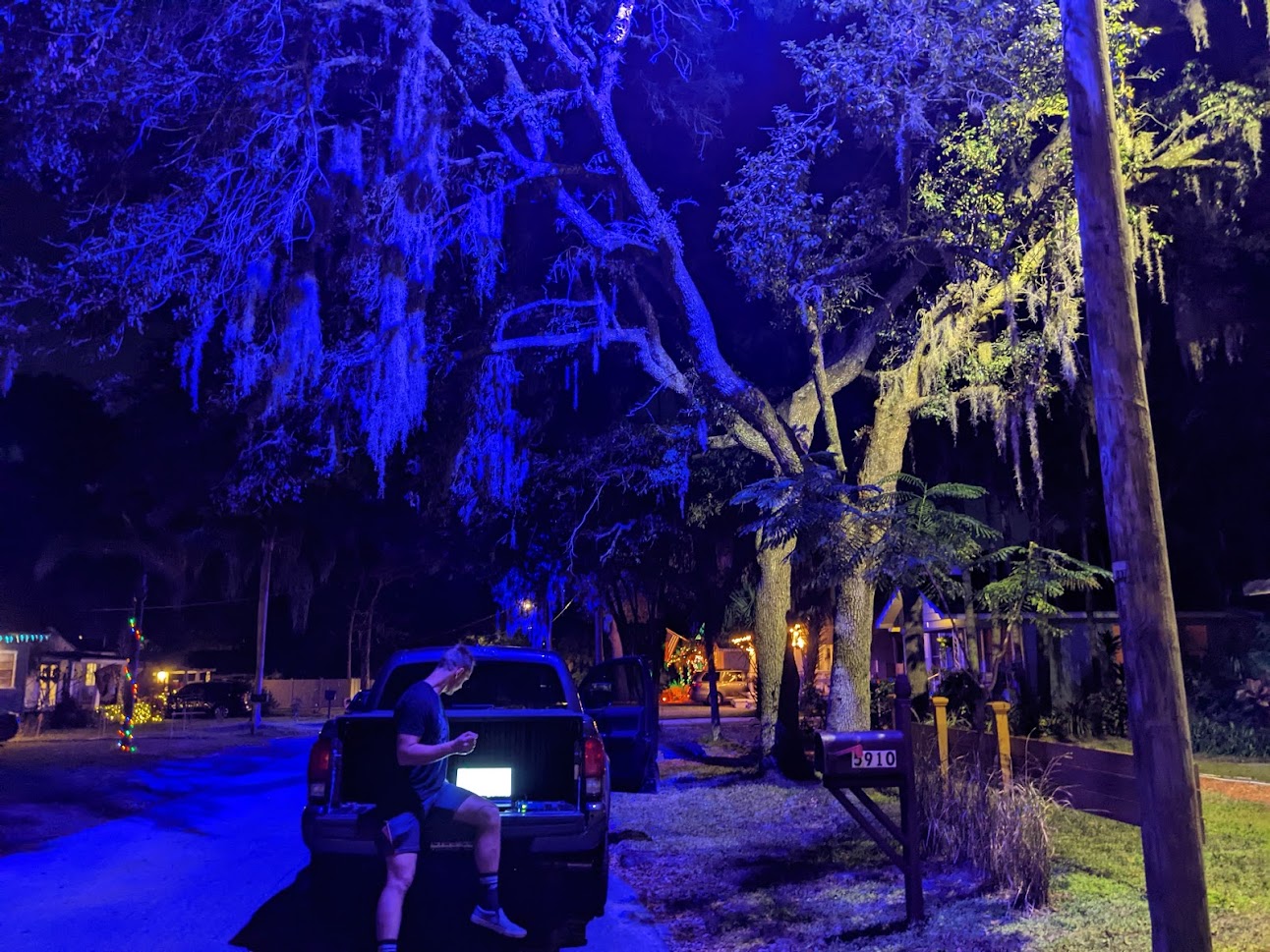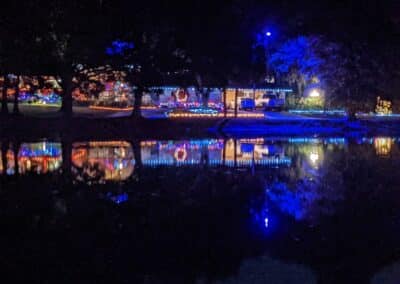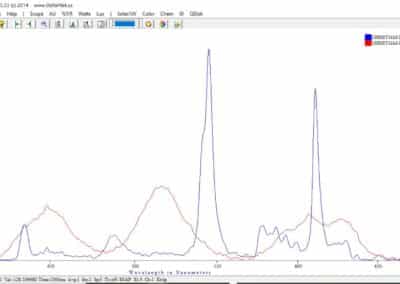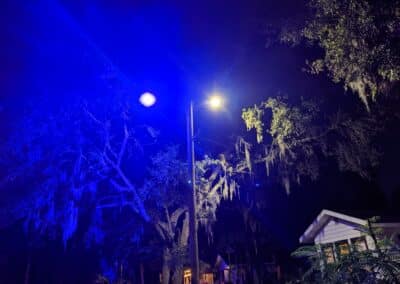Christmas is an exciting time of year. Aside from getting together with family and friends, loosening your belt to enjoy some delicious holiday treats, decorating trees, and exchanging thoughtful gifts, a lot of time is spent celebrating traditions. One popular tradition is viewing the many fantastic holiday outdoor displays or putting up your own for your family and friends to enjoy all month long.
However, this Christmas season the StellarNet team is feeling blue, quite literally. All of us being Tampa residents, have noticed a change in our Tampa habitat. Recently the City of Tampa has been undergoing major renovations. One of the updates includes new street lights. The street lights have been emitting a strange bluish color and washing out the effects of our beloved holiday displays. It has become such a blinding problem that the local news outlets have been investigating and reporting on the issue. They were told by a local TECO power company representative that a color blocking filter is faulty and causing the lamps to turn blue, but here at StellarNet, we have an alternative theory:
All conventional white light LEDs work on the principle of phosphorescence whereby a short wavelength of light is absorbed by a phosphor compound and emitted at a longer wavelength. White LEDs start as a blue LED centered somewhere between 430-480nm. Manufacturers place specialized phosphor coatings on top of these blue LEDs so that the blue energy absorbs into the compounds and they emit at longer wavelengths in the 500-700nm green and red range.
Lumens are for humans, and we all see in the 400-700nm range. When we add the 400-500nm and 500-700nm range we end up with white light. This is also why we don’t feel heat from LEDs; they don’t emit the near-infrared wavelengths which you feel when you are out in the sun, by the fire, or under a more traditional incandescent lamp.
LEDs do, however, produce an enormous amount of heat in their electrical circuitry. They all need a healthy amount of cooling – especially if they are bright LEDs designed to light up a city’s streets. Most quality LEDs are going to have hefty heat sinks on them to help conduct the heat away from the electronics.
Our Hypothesis:
What is happening is that the phosphor coatings are failing, and the blue light is still there, shining bright as ever, but it isn’t being converted into red and green to add up to white.
We imagine with the orientation of the lamp being downward, the phosphor is basically clinging beneath the blue LED and with each cycle of heat and cold, the material degrades, expands, and contracts; breaking the bond between the coating and the diode. Gravity pulls any loose phosphor away and, eventually, all of it would completely flake off leaving only the BLUE LED. Because these are arrays of LEDs some diodes will remain with their coatings intact, but as more and more fail, the few remaining white LEDs will be surrounded by raw blue LEDs and the perception of light will grow colder, more violet, and then eventually blue.
Our Test:
Using a BLUE-Wave VIS-NIR spectrometer, fiber, and collimating lens, we went out in the field to get a relative intensity spectral profile of these street lights (both normal and blue). Here’s what we saw:
Our Conclusion:
Comparing the relative spectra of the two lamps, the white light looks like a normal white LED with a small peak in the blue region and a broad phosphor region in the red and green (it almost looks like the thumb and fingers of a mitten) while the blue LED has a strong blue bell curve and a very weak phosphor emission. This supports our hypothesis that the blue LED is not being converted to white light via phosphorescence. The assertion of there being a filter to block blue light is far-fetched. These lamps are broken and in need of replacement.
While the city of Tampa continues to sort this out, all that is left to do is put on a pair of blue-blockers and embrace the festive lighting.
Check out the relative spectra and pictures we gathered of some local Christmas lights in our neighborhood:
If you have a purple or blue streetlamp in your front yard and live in the City of Tampa, you can report the derelict luminary by filling out this form on TECO’s website.
Interested in seeing more spectra of Christmas lights? Check out last year’s application note!
Happy Holidays from everyone at StellarNet!










